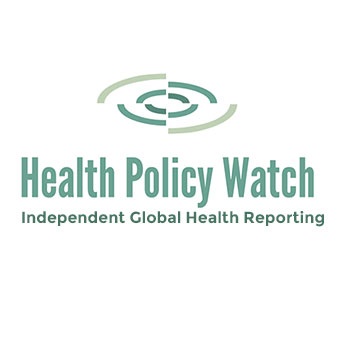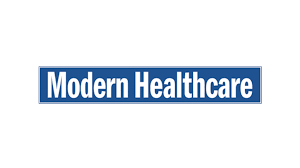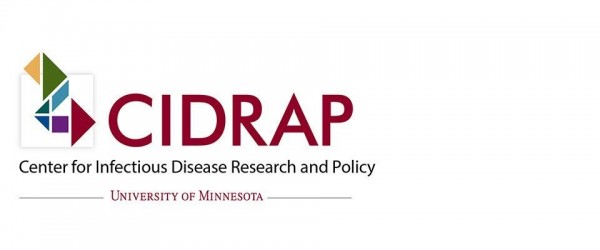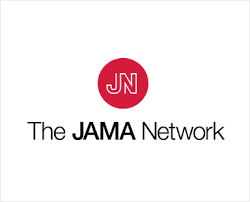Study: Long working hours alter brain regions tied to emotion, cognition

Editor's Note Clocking long hours has impact beyond fatigue. It may also physically reshape the brain. As reported May 13 by CNN, that is the central finding of a new study showing significant structural brain changes in overworked individuals, particularly in areas tied to emotional regulation and executive function. Conducted…
Report: Global nurse shortage widens inequities, fuels migration risks

Editor's Note Wealthy nations continue to draw nurses from poorer countries, worsening fragile healthcare systems and deepening global inequities, according to the newly released State of the World’s Nursing 2025 report from the World Health Organization (WHO) and International Council of Nurses (ICN). As detailed in a May 12 article…
FDA fast-tracks generative AI rollout amid growing safety concerns

Editor's Note The US Food and Drug Administration (FDA) is deploying generative AI across all its centers by June 30, aiming to accelerate drug reviews and reduce bureaucratic workload even as experts and critics express worries about data security, reliability, and other safety concerns. Medical Design & Outsourcing reported the…
Commentary: Systemic trauma, not burnout, drives healthcare’s workforce crisis

Editor's Note Healthcare’s workforce crisis stems from systemic trauma—not individual burnout. That’s the central argument of a commentary published April 30 in MedPage Today, in which Taylor Nichols, MD, a board-certified physician in emergency medicine and addiction medicine, calls for a sweeping shift in how healthcare-associated stress is understood and…
Federal grant cuts threaten hospital disaster readiness

Editor's Note Eliminating the Federal Emergency Management Agency’s (FEMA’s) key disaster preparedness grants could weaken hospital infrastructure and jeopardize care during future crises, according to a May 5 report in Modern Healthcare. As detailed in the article, the Trump administration has cut $3.3 billion in annual funding by ending the…
Study: Prolonged COVID symptoms more likely for healthcare workers

Editor's Note Long COVID strikes healthcare and dental workers at far higher rates than the general population, according to an April 23 article from the Center for Infectious Disease Research and Policy (CIDRAP) at the University of Minnesota. As detailed in the article, two recent international studies reveal that 40%…
Study: Longer shifts, understaffing increase nurse sickness absence

Editor's Note Hospital units with more RNs and fewer long shifts experience significantly lower rates of staff sickness absence, while understaffing and long shifts drive nurse illness, according research published April 22 in JAMA Network. The retrospective longitudinal case-control study involved 18,674 RNs and nursing support (NS) staff across 116…
Study: Daytime meals protect heart health in night shift workers

Editor's Note Eating during the day instead of at night may protect shift workers from harmful cardiovascular effects, according to an April 17 report in Medscape on new research from Mass General Brigham. Researchers found that the timing of meals—not just their content—directly influences cardiac and clotting function in adults…
Borescope inspections reveal widespread contamination in lumened surgical instruments

Editor's Note Conventional cleaning protocols fail to remove visible soil and debris from lumened surgical instruments, raising urgent concerns about patient safety and sterilization efficacy. That’s the central finding of a study published February 11 in The American Journal of Infection Control, which used borescopes to inspect the lumens of…
Strengthening healthcare cyber defenses challenged by third-party, asset-related risks
Editor's Note Healthcare organizations are improving their ability to respond to cyberattacks but continue to fall short on preventing them—particularly when it comes to managing third-party and asset-related risks. That’s the key takeaway from the 2025 Healthcare Cybersecurity Benchmarking Study conducted by KLAS Research and partner organizations. Surveying 69 healthcare…

 Free Daily News
Free Daily News